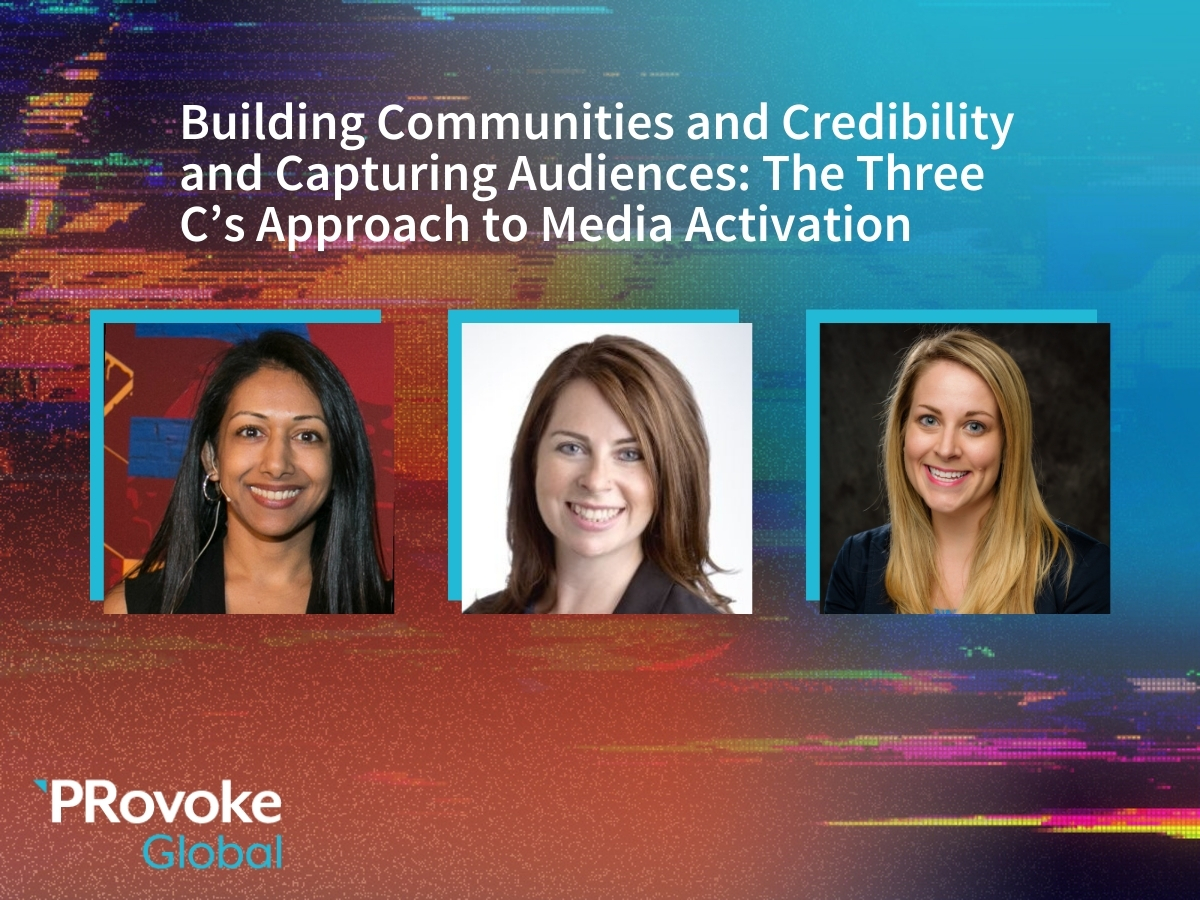Diana Marszalek 23 Oct 2020 // 10:26AM GMT

With health-related news dominating the media agenda, healthcare communicators are having to hyper-target messages to reach their audiences with relevant — and in some cases critical — information, panelists at ProvokeGlobal said this week.
“We are spending a lot of time looking at when and where engagement is valuable in an environment where healthcare is top of mind,” said Emily Poe, chief integration officer at specialist healthcare agency W2O. “We really have to be smart about deciding when not to engage.”
Poe’s comments were part of a discussion with pharmaceutical company UCB on the challenges healthcare communicators face in building communities — and credibility — given the range of factors at play, such as the overabundance of healthcare information (and misinformation) circulating, primarily related to Covid-19, to the inability to engage consumers in person given the pandemic’s restrictions.
In turn, Poe said, W2O on behalf of its clients has doubled down on making sure that “patients are at the center of everything we do” — including communications targeting other stakeholders, from physicians to investors, because the role they play in helping patients get treatments they need.
Leveraging analytics to stay apprised of how audiences, and their media consumption, change, and adjusting messages and tactics accordingly is a key component of being able successfully capture and engage audiences, said UCB US communications and public affairs head Ally Funk.
Communicators are also shifting their tactics, given that traditional patient outreach such as patient engagement events have moved online. Between Zoom fatigue and informational overload, Funk said communicators soon will have to come up with new ways to keep consumers engaged in virtual settings with polling or, say, gamification.
The same conditions are also impacting the way healthcare companies are generating more widespread awareness of new treatments, particularly through earned media, as reporters have little room to cover news that isn’t related to Covid or events in Washington, panelists said.
Funk said it’s also critical to push out information through the full breadth of channels — earned, owned, and social media among them — to get noticed.
At the same time, recent developments such as pharma companies banding together in messaging around issues like Covid vaccinations have boosted the industry’s credibility – crucial at a time when trust is waning.
“A year ago the WHO included vaccine hesitancy as one of its top 10 public health threats. I think in 2020 it will be even higher. It’s become an involving landscape of who to believe and who to not believe,” Poe said.
Poe and Funk agreed that recent changes in healthcare communications will persist even after the Covid pandemic, as some semblance of virtual interactions and remote working will likely continue.
“I think there will be some longer lasting changes,” Poe said. “But hopefully in the course of the year we will get back to some sense of normal.”


































.jpg)


















